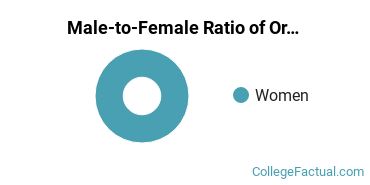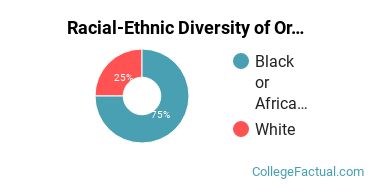 by our College Data Analytics Team
by our College Data Analytics TeamOrganizational Leadership is a concentration offered under the business administration and management major at Strayer University - Alabama. Here, you’ll find out more about the major master’s degree program in organizational leadership, including such details as the number of graduates, ethnicity of students, related majors and concentrations, and more.
If there’s something special you’re looking for, you can use one of the links below to find it:
During the 2019-2020 academic year, part-time graduate students at Strayer University - Alabama paid an average of $0 per credit hour. No discount was available for in-state students. Information about average full-time graduate student tuition and fees is shown in the table below.
| In State | Out of State | |
|---|---|---|
| Tuition | $14,940 | $14,940 |
| Fees | $195 | $195 |
Looking for online learning options? Good news, you can take online classes in the organizational leadership master’s degree program at Strayer University - Alabama. To see if the school offers distance learning options in other areas, visit the Strayer University - Alabama Online Learning page.
Of the students who received their master’s degree in organizational leadership in 2019-2020, all of them were women.

Of those graduates who received a master’s degree in organizational leadership at Strayer University - Alabama in 2019-2020, 75.0% were racial-ethnic minorities*. This is higher than the nationwide number of 34%.

| Race/Ethnicity | Number of Students |
|---|---|
| Asian | 0 |
| Black or African American | 3 |
| Hispanic or Latino | 0 |
| Native American or Alaska Native | 0 |
| Native Hawaiian or Pacific Islander | 0 |
| White | 1 |
| International Students | 0 |
| Other Races/Ethnicities | 0 |
You may also be interested in one of these majors related to organizational leadership.
| Related Major | Annual Graduates |
|---|---|
| General Business Administration and Management | 34 |
View All Organizational Leadership Related Majors >
*The racial-ethnic minorities count is calculated by taking the total number of students and subtracting white students, international students, and students whose race/ethnicity was unknown. This number is then divided by the total number of students at the school to obtain the racial-ethnic minorities percentage.
More about our data sources and methodologies.